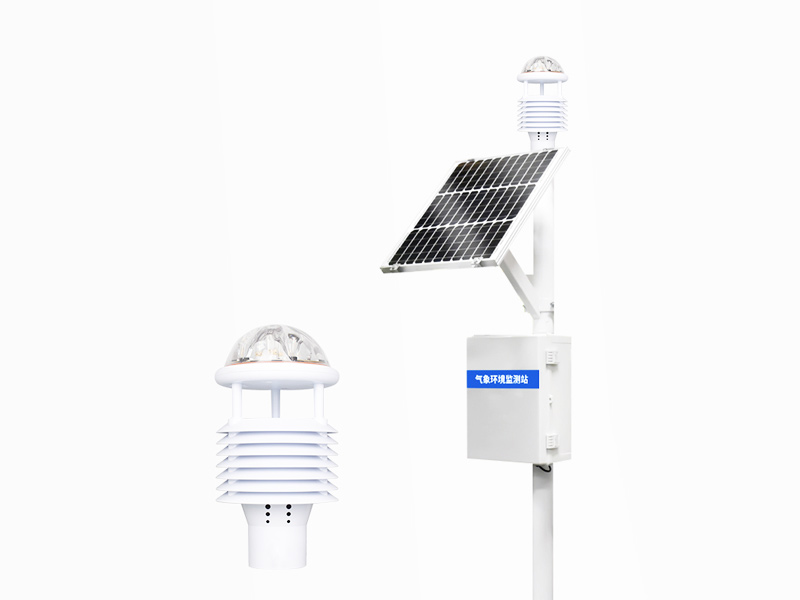In a quiet corner of the campus, stands a small and delicate equipment, it is dressed in a white coat, the head of a variety of sensors, like a time to monitor the sky changes "sentinel." Yes, this is our campus weather station! It integrates modern meteorological observation technology and educational teaching functions, and becomes a bridge connecting classroom and nature.
WX-XQ4 Campus teaching weather station is equipped with temperature and humidity sensors, wind speed and direction indicator, rain gauge and other high-tech equipment, which can collect and process various atmospheric data in real time. These data not only accurately reflect the weather conditions of the campus and the surrounding areas, but also provide an intuitive and vivid meteorological learning platform for teachers and students.
In traditional meteorology teaching, students often learn about weather phenomena only from words and charts in books. The emergence of teaching weather stations makes meteorological knowledge accessible. Teachers can lead students on field trips to observe the working principle of meteorological instruments, analyze real-time data, and even organize students to participate in the production process of weather forecasts. This teaching method greatly stimulates students' interest in learning and makes abstract meteorological concepts vivid and concrete.
Campus teaching weather station is not only a tool for learning, but also an important guarantee for campus safety. By anticipating weather changes in advance, schools can adjust their outdoor activity plans in time to avoid adverse effects of inclement weather on students. For example, before a rainstorm warning is issued, schools can quickly cancel outdoor physical education classes or sports meetings to ensure the safety of students. At the same time, the meteorological data also provides a scientific basis for the daily operation of the school, such as reasonable arrangements for drying clothes, adjustment of classroom ventilation, etc., to create a more comfortable learning environment.
The teaching weather station is also an excellent place to cultivate students' scientific thinking and spirit of exploration. In the process of participating in meteorological observation and data recording, students learned how to observe, record and analyze data, and cultivated a rigorous scientific attitude and problem-solving ability.

Article address:
http://www.qxhjjc.com/en/article/1270.html


















 Home
Home phone
phone Product Overview
Product Overview Contact Us
Contact Us